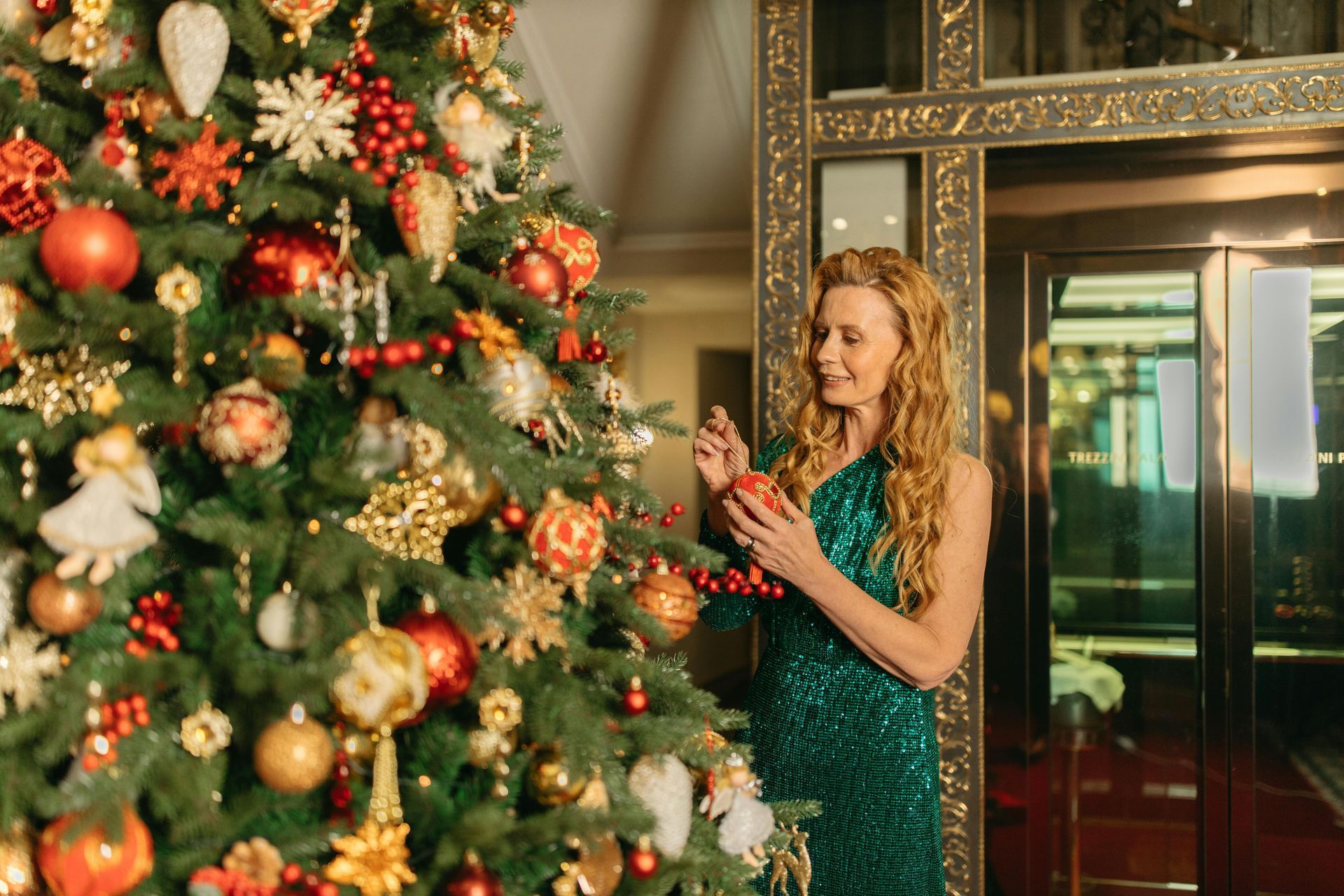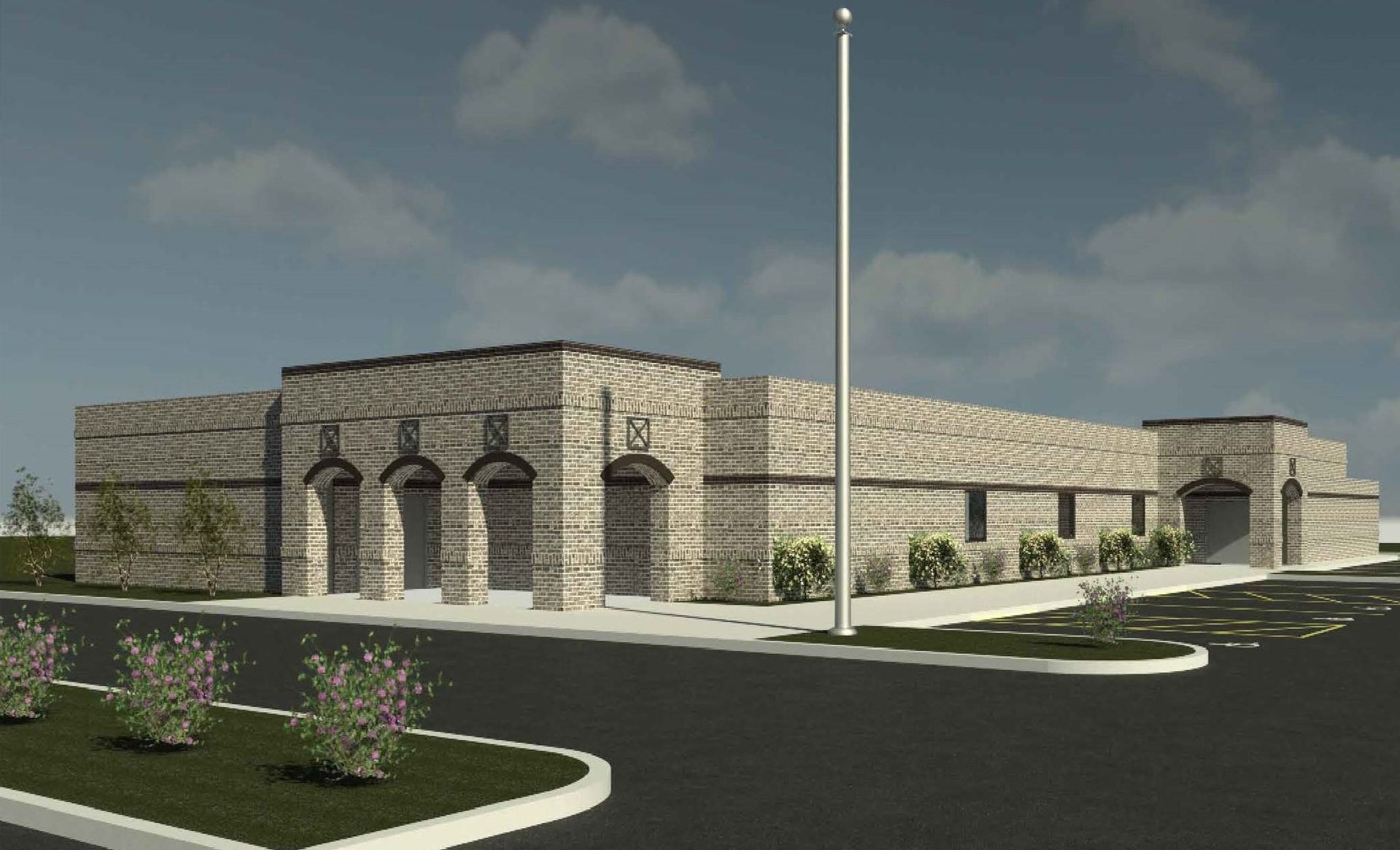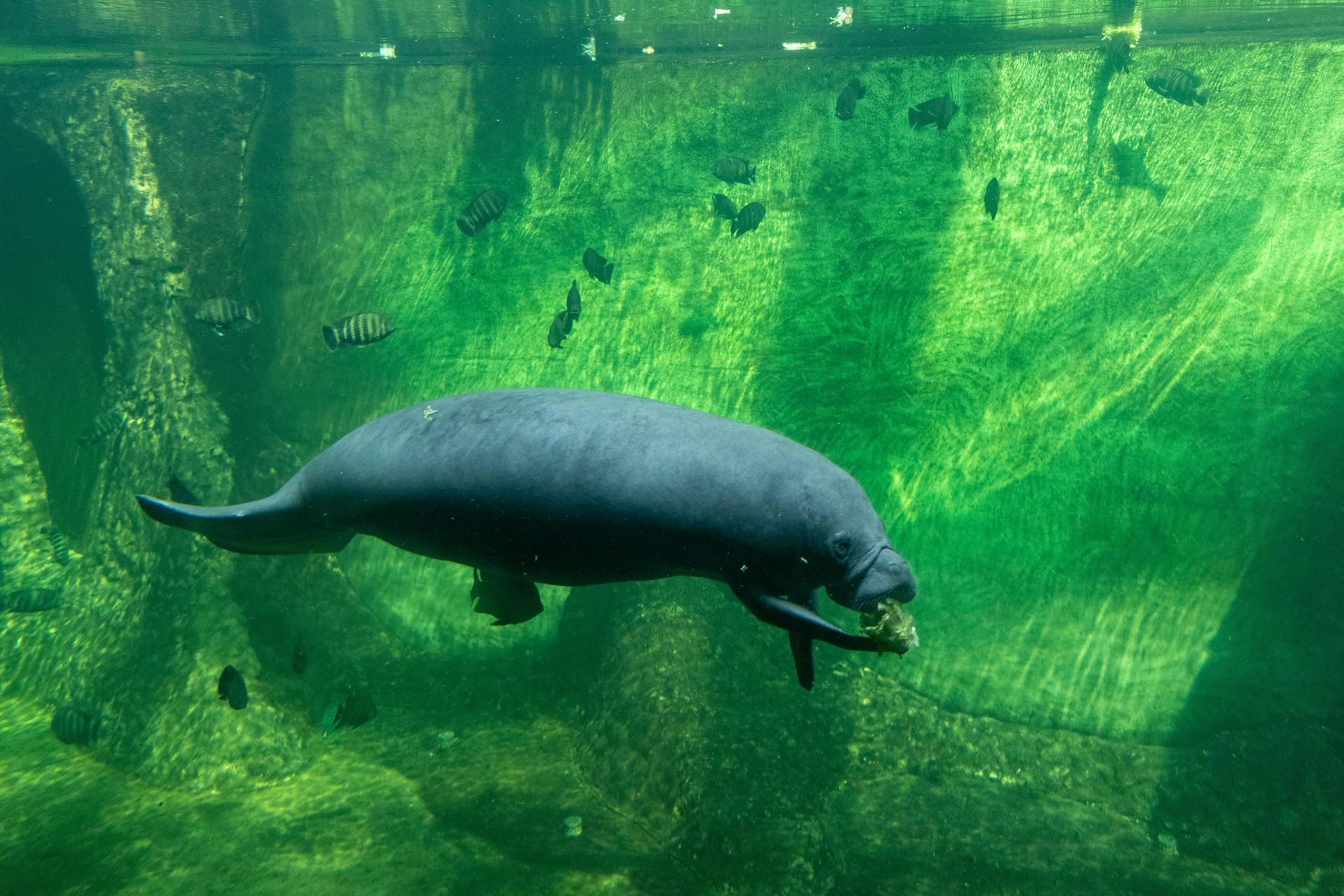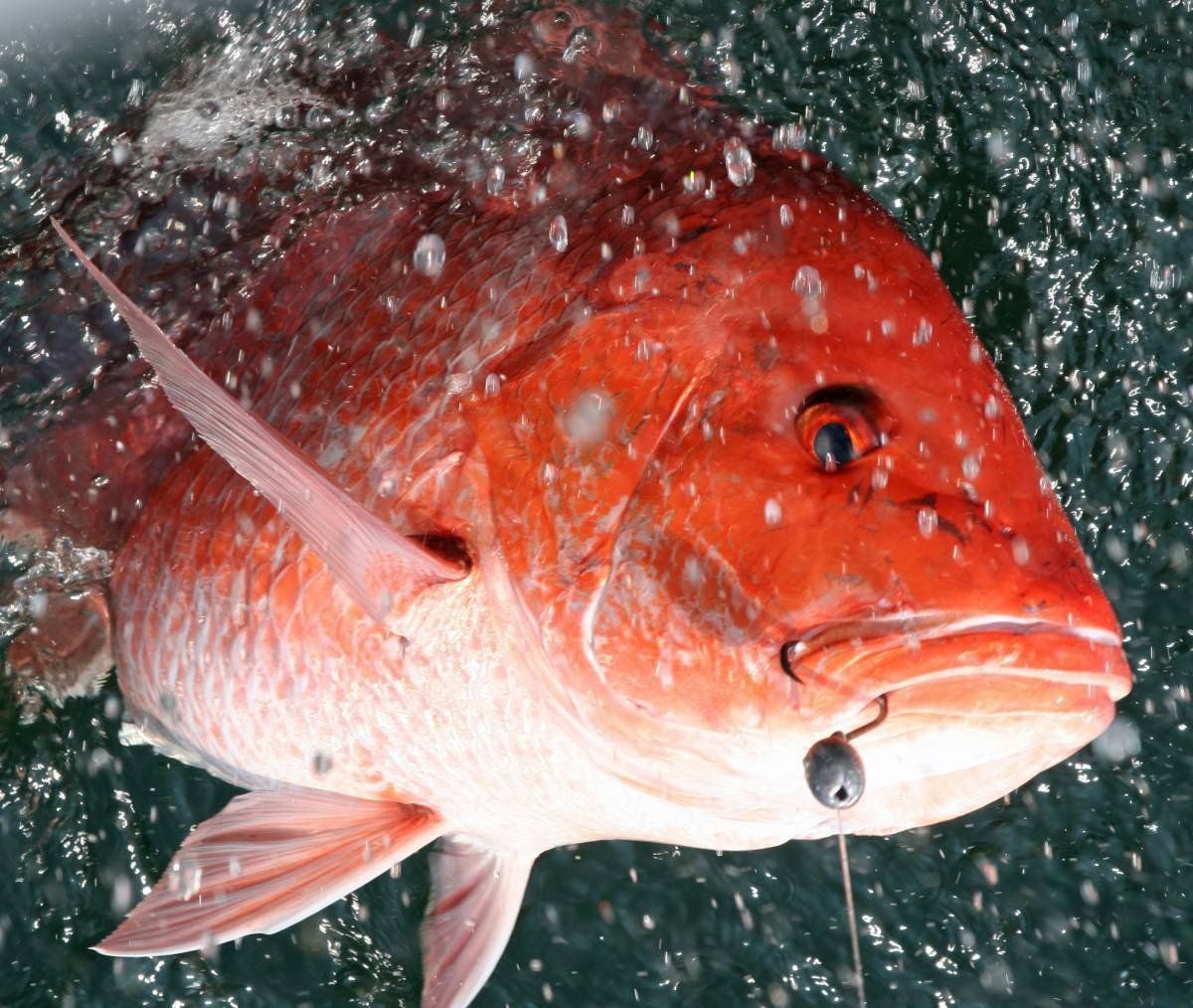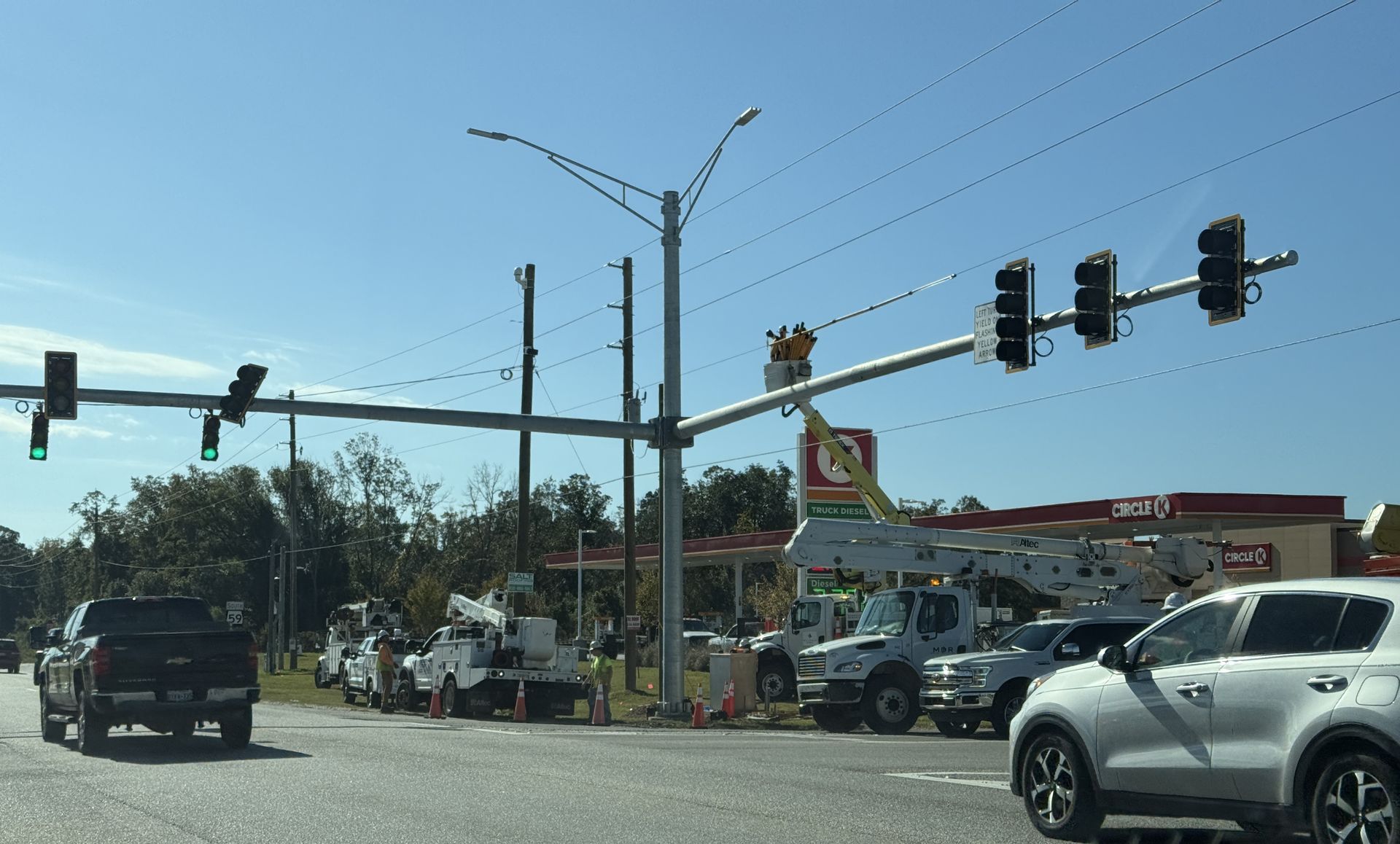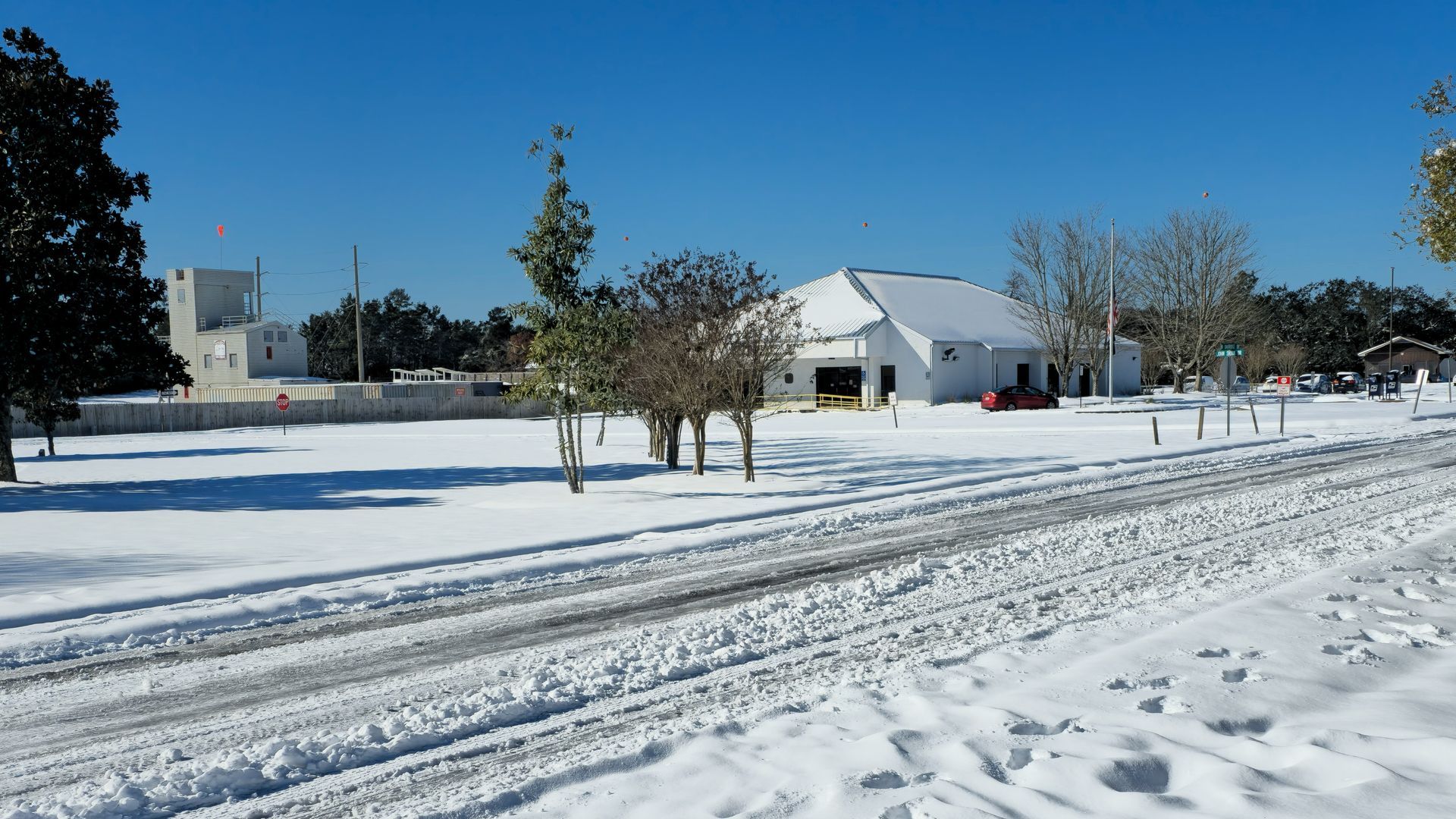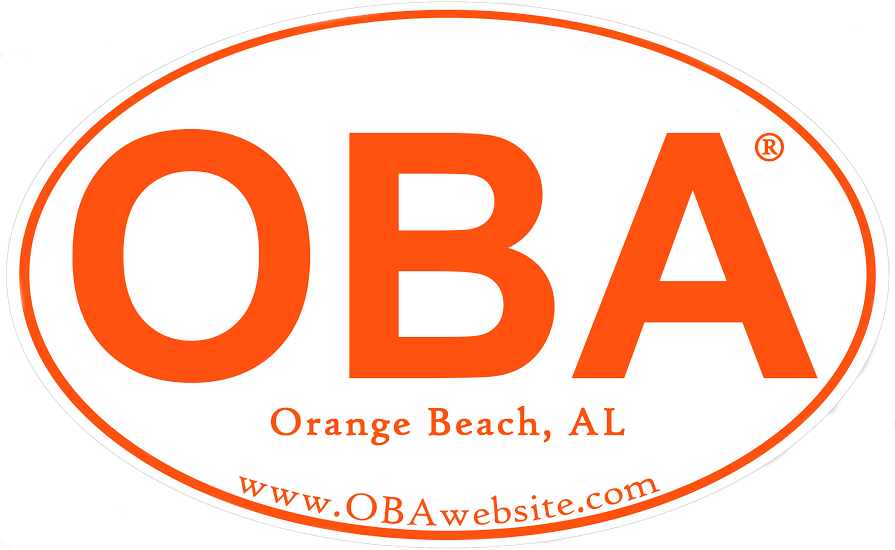Gulf Coast rich in history as Native American Day approaches
Orange Beach museum honors Indian, fishing heritage
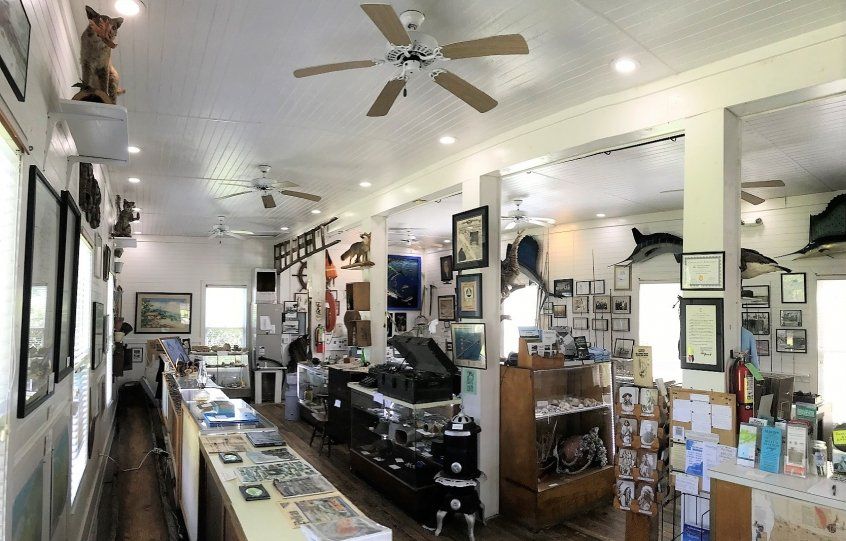
Orange Beach, Ala. – (OBA) – Friday, Sept. 23, may be Native American Day nationwide but in Orange Beach and Baldwin County the culture of the first known inhabitants of the area is celebrated in a variety of ways year-round.
“Baldwin County's story begins, of course, with the Native Americans who inhabited the region as far back as 10,000 years ago,” according to the county’s website. “Though distant from us in time, the Indians were drawn to the area for many of the same reasons: the abundance of its natural resources and the incredible range of its navigable waters.”
In Orange Beach, that heritage is celebrated at the city’s Indian and Sea Museum at the city hall campus. And, in Foley, the gleaming OWA Parks and Resort is owned by the Poarch Creek Indians which also has a casino and reservation in nearby Atmore.
“The building that houses the Orange Beach Indian & Sea Museum was originally built in 1910 as a schoolhouse,” the city’s website says. “It has served as a museum since 1995 and was moved to its present location in 1999.”
It is a combination of nautical artifacts chronicling the city’s rich charter fishing traditions and Indian artifacts found in the area.
“The Orange Beach Indian and Sea Museum houses local artifacts and memorabilia relating to our Native American and fishing heritage,” the city’s website states. “Families of early fishermen have donated supplies and collectibles that make us mindful of the challenges and achievements in the early days of our fishing industry.”
The museum is open Tuesday, Wednesday and Thursday 9 a.m.-4 p.m.
Gulf Shores applied for a grant from the National Trust for Historic Preservation in late 2021 to help tell the story of an Indian canal believed to have been built about 1,400 years ago. It was unsuccessful but Director of Recreation and Cultural Affairs Grant Brown says the city plans to apply for the grant again this year.
Parts of the canal are on city property, George C. Meyer Foundation land and State Route 180 rights of way in the area and parts are on private lands. Brown says the city will look at using Mo’s Landing boat launch area on the north bank of Little Lagoon to highlight the Indian history of the area.
The original canal was a half mile long and about 30 feet wide and six to eight feet deep, scientists believe. Local amateur archeologist Harry King began the effort to find and get the canal recognized and filmmaker Tommy Wier was in Gulf Shores in January of 2020 to film a presentation by Dr. Greg Waselkov of South Alabama who is leading a study about the canal.
Wier said the canal was used to gather food in Little Lagoon where there is evidence of it being processed on the banks where volunteers discovered mounds of debris from fish and crab and other marine life. It was also a major trade route. His film is titled “Another River to Cross – the Alabama Indian.” It explores three eras of Indians in the state and the portion on the canal is about one-third of that movie.
“It’s amazing to me that they found so much evidence from other places,” Wier said. “They would travel down the Mississippi and cross Oyster Bay and Mobile Bay and trade with the Indians here. They’d leave artifacts that they brought from Minnesota and Missouri and Montana and all these other areas. It’s a fascinating story about these settlements.”
Share this article w/ Friends...

